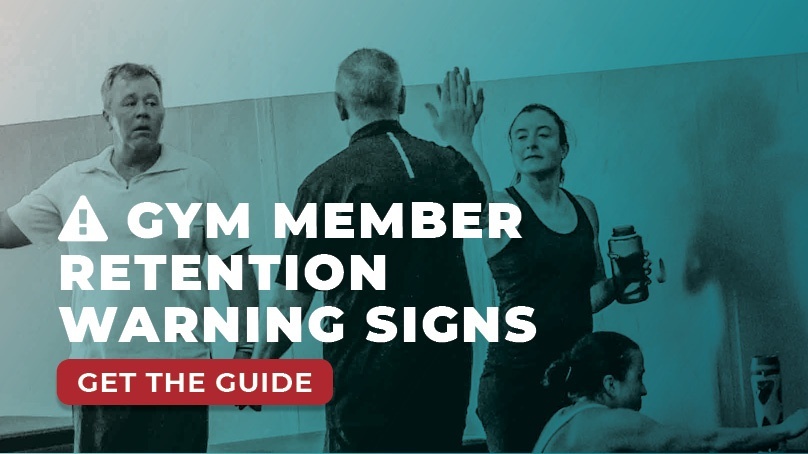Using Empathy to Improve Customer Service: Part 2


In the last blog entry we looked at using empathy as a way to more effectively respond to customer feedback. This kind of empathy is the ability to understand what someone needs right now and how they feel about it. When we have respect for a customer’s needs and feelings, we show them we are listening to what is most important to them. When they know they are heard, they will be more willing to listen to what we can do for them. I’ll provide a couple examples of how to practice empathy and then explain some things to avoid.
Empathy isn’t always warm and fuzzy
Here’s an example of using empathy when one of your students wants respect.
Student: “Hey, I want to tell you something. What’s up with the new staff? Every time I ask for something they just blow me off like I don’t matter. Look, that doesn’t work for me.”
You: (identifying what they need): “Thanks for letting me know about that. You’ve been coming for several years and I value your membership. I understand you find that unacceptable because you want respect from the staff. Is that right?”
Student: “You’re damn right. I deserve respect. I pay to be here. You can’t just go around treating your members this way. Hell, I get enough of that at home.”
You: “I hear you and I appreciate your feedback. I will talk to the staff about this. It’s important to me that we set a higher standard and treat you with the respect you deserve. Is there anything else I can do for you?”
Using empathy when it’s not about you
Sometimes a customer’s dissatisfaction will not be about you but themselves. Suppose you have a student, Joey, who is new to yoga. One day, you ask how he’s doing and he says, ”I don’t know. I’m getting pretty discouraged with this, like I’m never going to get it. I’ve been taking this class for months, and it seems like everyone is so far ahead of me.”
Joey has been progressing quite well, in your estimation, but he tends to compare his strength and flexibility to more experienced students. Before expressing your own evaluation or giving him advice, show him you’re listening and you want to understand his needs: “Yeah, I’ve seen you working at it and it sounds like you’re discouraged because making progress is important to you. Is that right?”
Joey responds, “It’s not about progress. I’m just used to succeeding at things. I don’t accept failure.” He identified his need for success so you can reflect that back and see how it sounds to him: “Are you saying you just want to succeed at this like you do at other things?” He thinks about this and responds, “Yeah, I want to succeed. I want to know I can do it. I’m a goal setter. I get things done.”
Now that he’s confirmed you’re hearing him, you can ask, “Would you like to hear a suggestion? I have a few ideas that have helped other students adjust to the learning process so they can enjoy themselves more, even if the pace isn’t what they expected.” If he agrees, you can then start exploring some ways to help him out.
Three things to avoid
There are three main things to avoid when expressing empathy. First, avoid naming feelings or needs when it doesn’t seem appropriate. The kind of empathy people want to hear will depend on the person, the situation and the relationship you have with them. What matters most is that you are listening and trying to learn about them so you can meet them where they’re at. If you think expressing needs and feelings is going to sound too heavy-handed, just say, “I hear you. That makes sense and I’d like to help. Do you want to hear what we can do to resolve this situation?”
Second, don’t tell them what they’re going through as if you’re the expert: “Okay, I know you’re upset because…” It’s their experience, not yours, so acknowledge that you’re making a guess: ”I imagine you’re upset because… Is that right? Am I hearing you?”
Third, to get the most out of empathy, avoid focusing too much on the negative: “So you’re upset because you weren’t charged the right price.” This shows understanding, but only for what they didn’t get. You can do better. Focus on the positive and let them know you see the good in what they want: “Yeah, I see you’re frustrated because honesty and trust are really important to you in this matter. Is that right?”
Learn with practice
The best way to develop the skill of empathy is to practice it. It may not sound natural at first, but only because it requires that we break other communication habits. Try it out in less intense situations, and ask the other person how it sounded to them. What did they like or not like about it? Use their response to help you improve. No one is perfect at offering empathy, so be patient with yourself and keep learning.
If you’re looking for additional ways to improve customer service and better retain your valued students, get your copy of our guide, 7 Essential Strategies for Member Retention.

I’m Coach Kelli, a devoted CrossFit gym owner with 15 years of experience managing my facility, along with owning yoga studios and wellness centers. Beyond the fitness world, I have a passion for cooking, cherish moments with my children and family, and find joy in spending time outside. Having experienced the highs and lows, I’m dedicated to leveraging my expertise to help you grow and succeed on your fitness journey.

I’m Coach Kelli, a devoted CrossFit gym owner with 15 years of experience managing my facility, along with owning yoga studios and wellness centers. Beyond the fitness world, I have a passion for cooking, cherish moments with my children and family, and find joy in spending time outside. Having experienced the highs and lows, I’m dedicated to leveraging my expertise to help you grow and succeed on your fitness journey.








